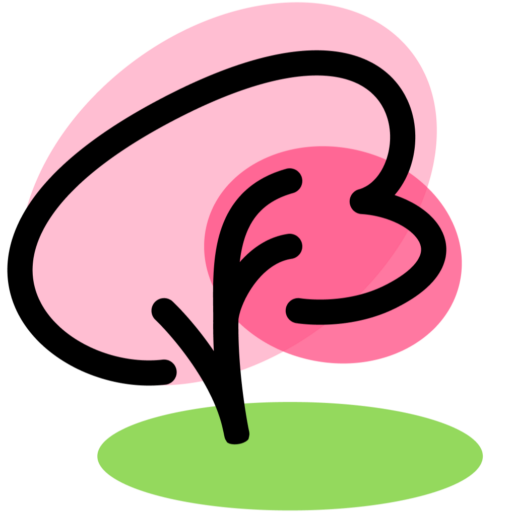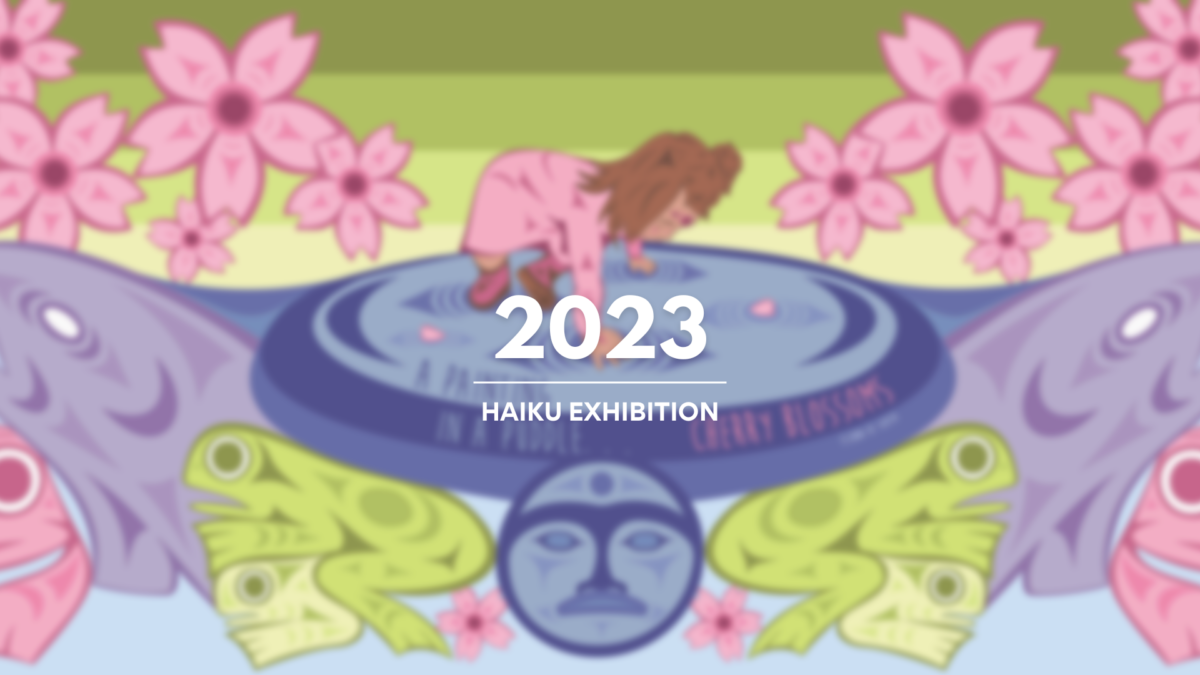We are proud to celebrate the 2022 winning haiku with this unique Haiku Exhibition with commissioned pieces by Musqueam, Squamish, and Tsleil-Waututh artists.

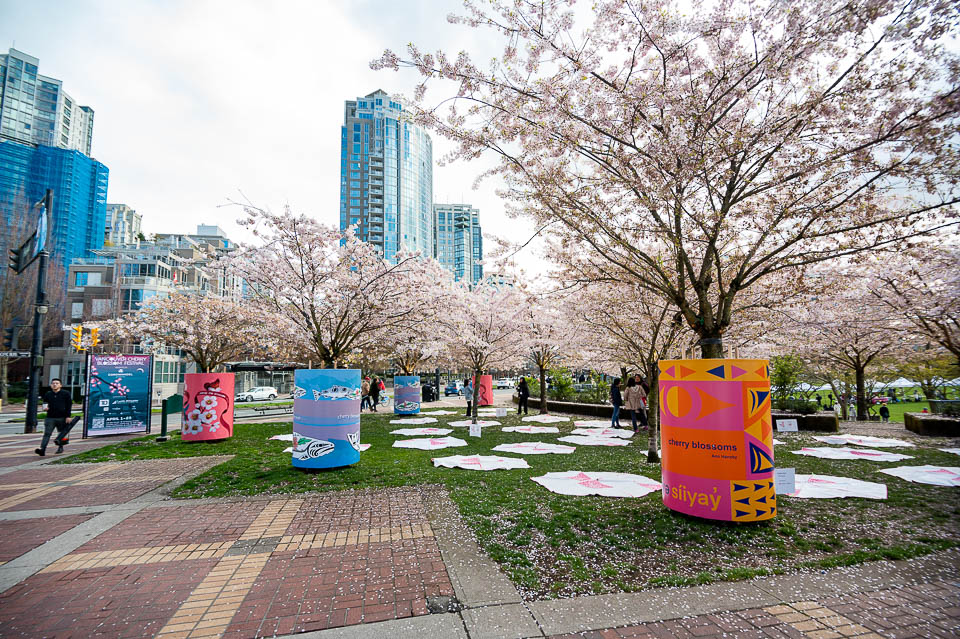
Artist Bios
Chase Gray is a 2S Musqueam and Tsimshian artist, who was born and raised in various Coast Salish territories. He grew up surrounded by family and culture, and has been active with Tsimshian dance since a young age. With a growing love for art when he was young, he started to learn from the shapes, stories, songs, and dances around him, and being taught Northwest Coast Formline by his uncle. Chase entered the digital art space in May of 2021, originally drawing from a smartphone, and moving up to a tablet shortly after. Exploring NWC Formline through unconventional shapes, nostalgic figures, and characters planted seeds for artistic growth and career building.
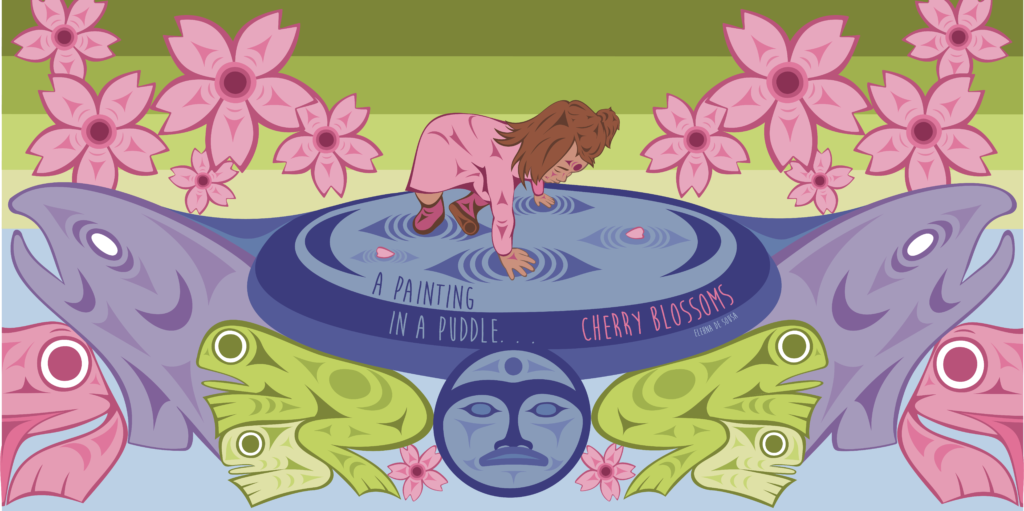
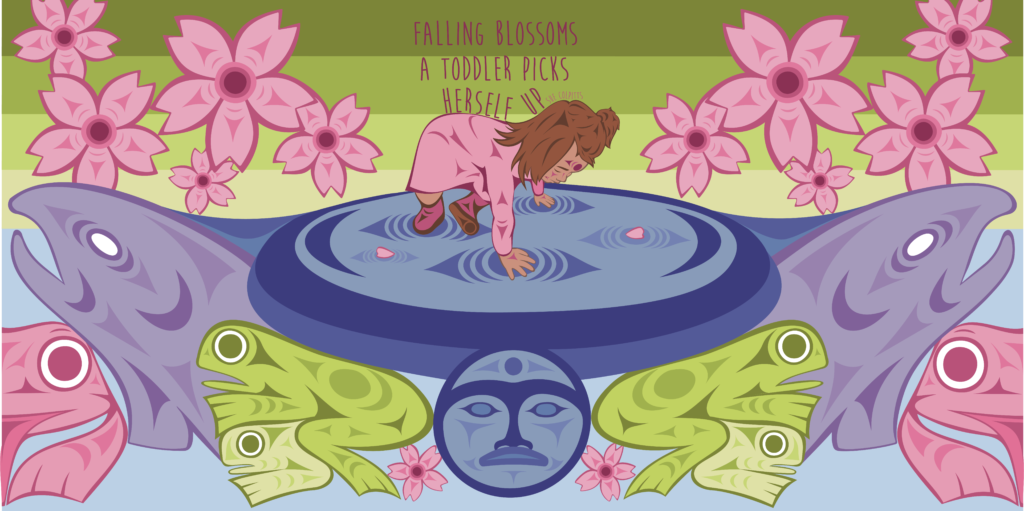
When the cherry blossoms begin to peek out from their buds, we know spring has finally started it’s descent. The April showers bringing in a landscape of puddles, which many children will be found splashing through gleefully. Toddlers, unsteady on their feet, may fall, but pick themselves up, less bothered than their caretakers about wet clothing, ready to jump in once again.
Lawns and fields will become wet and swampy, and like cherry blossoms emerging, the frogs will begin to sing. The puddles become an ecosystem of new sounds, the birds return to the trees to join the chorus. By the end of the season, the salmon will have started to make themselves known once more, sustaining life itself for time immemorial. Springtime has many ways of painting brilliant pictures in nature, and welcomes in the warmth of colour after the crispness of winter.
Chase Gray
Jonas Jones comes from the village of Átsnach (Tsleil-Waututh) with strong bloodlines running from Sḵwx̱wú7mesh Úxwumixw (Squamish Nation) as well. His kwshámin (ancestral name) TsuKwalton comes from the Squamish village of Chʼiyáḵmesh. He is learning and apprenticing under the guidance & support of Ses Siyam (Ray Natraoro), indulging within the Coast Salish laws of art, a system that is passed down from master carver to apprentice.
He is honoured to be practicing this craft, as this foundation of art and way of life has been running through his blood for thousands of years. To live & breath a little piece of the old people our swa7am (ancestors) is truly a beautiful thing.
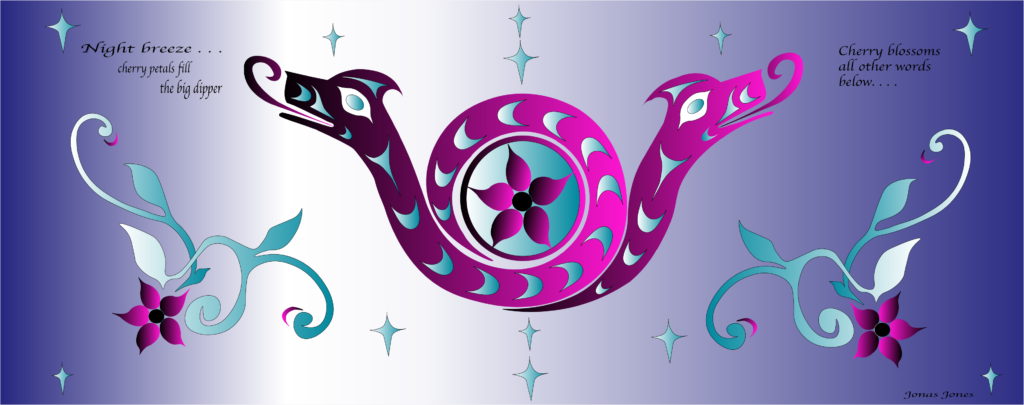
“Sinuwlhḵay̓” Two headed serpent.
Jonas Jones
Ts’kanchtn (Calvin Charlie-Dawson) is a Young indigenous artist from North Vancouver BC. As adescendant of the Squamish and Kwakwaka’wakw nations as well as the Sto:lo nation, he has many inspirations for his art style. Mainly Salish style art and occasionally Northwest coast/Kwakwaka’wakw, Calvin has a broad and unique accent through his art. Drawing inspiration from mentors from both sides of his culture, From artists such as Jason Taylor, Andy Everson, and Beau Dick and William Wasden on his Kwakwaka’wakw side and artists and carvers such as Ray Natraoro, Stan Greene and Victor Harry on his Salish side, and many more.
Since the modern world is much more fast paced and the market for digital art has grown, that has been Calvin’s path for the past couple of years. But he also is an Apprentice in more traditional styles of art through carving and canoe building under master carver Ray Natraoro.
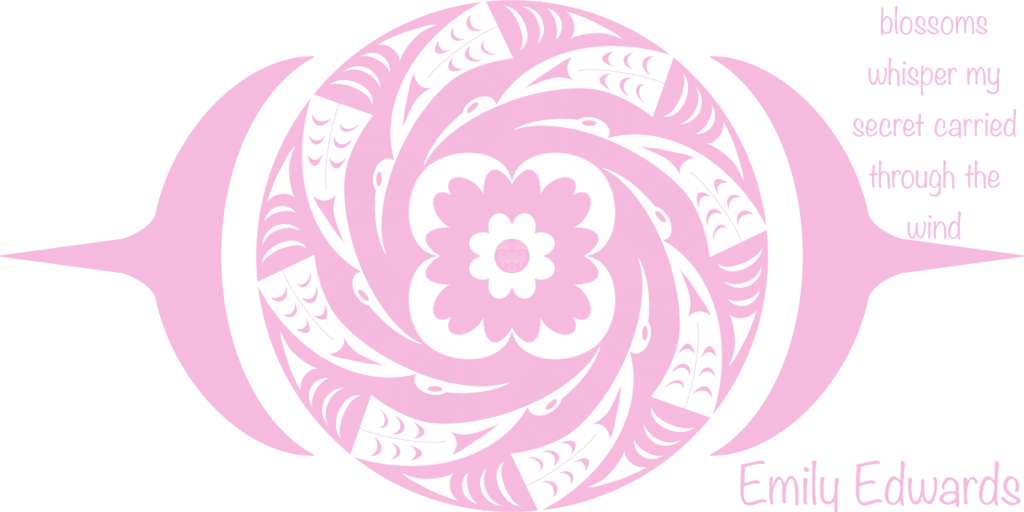
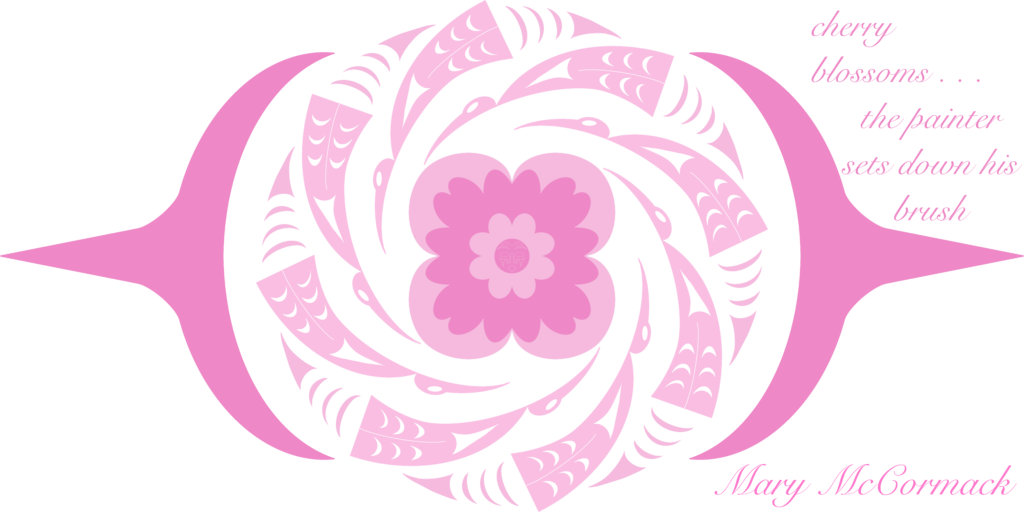
The piece I have created is a depiction of hummingbirds circling a cherry blossom with a salish style portrait at the center. Cherry blossoms are a symbol of renewal and optimism and as many flowers represent new life, connecting this to hummingbirds a creature of speed, devotion and optimism as well such small creatures with large might, with their territorial behavior there is no foe they won’t challenge. The Salish style portrait is a representation of an ancestor within the blossom representing connection to our past through new life all around us. Though cherry blossoms themselves have a short lifespan the trees they bloom from have been rooted for many generations as do many trees, a direct connection to the earth and those who lived before us.
Ts’kanchtn (Calvin Charlie-Dawson)
Haiku Invitational ↗
Return to the main page of the Haiku Invitational.
Meet Our 2022 Winners ↗
Meet our 2022 Haiku Invitational winners.
2022 Commentary ↗
Read the judges’ 2022 commentary for inspiration for your own haiku.
2023 Haiku Exhibition↗
Celebrate winning haiku with commissioned pieces by Musqueam, Squamish, and Tsleil-Waututh artists.
More Haiku ↗
View additional categories of 2022 Sakura Awards and Honourable Mentions.
